Significance
In the Glass Temple, Chuanghua’s traditional glass industry and green technology have been integrated to produce a religious building of considerable architectural interest. Despite its short history, the Glass Temple is unique in the world, and well worth a visit. It puts the Taiwanese glass industry on display by incorporating glass into the works of art housed in the temple. The glass is fixed with glass clamps; not a single screw has been used. Unusually for a temple, it integrates elements from Taiwan’s geography, folk festivals, and natural environment into the temple’s decorative ornamentation. The Mazu statue, her palanquin, and the Mazu ship are all made of glass. The temple is a showcase for the beauty of Taiwanese glass art.
History
Husheng Glass Temple held its inaugural ceremony and opened in 2012. It is the only temple in the world made entirely of glass. Its design is inspired by traditional Mazu temples, but the Glass Temple is the result of combining the glass industry in Central Taiwan with local folk religion; it simultaneously showcases both the beauty of glass art and a new vision of Mazu temple architecture. The main structure of the temple is composed of seventy thousand pieces of glass supplied by the renowned Taiwan Mirror Glass Enterprise, Ltd. and sixty-six other glass producers, who cast and then hand-worked the glass to create the structure. Taiwan Mirror Glass demonstrated the creative possibilities of glass throughout the temple. The temple and the neighboring Taiwan Glass Pavilion exhibition provide an opportunity for the public to learn more about the beauty of glass.
Special Features
1Temple Architecture The design of the Glass Temple is inspired by Lukang’s Mazu Temple. The walls of the temple are made of thermal insulation glass and decorated with wood and stone sculptures, paintings, pottery, thermoplastics, and stacked glass. Glass casting technology was employed to create the double curvature of the traditional Chinese temple roof. All of the glass in the temple is fixed using glass clamps rather than screws. The artwork in traditional Chinese temples mostly revolves around themes such as the four great Chinese moral virtues (loyalty, filial piety, moral integrity, and justice), The Twenty-four Filial Exemplars, and Chinese myths and legends. In Husheng Glass Temple, however, the traditional wood and stone sculptures are mostly replaced by glass sculptures and reliefs depicting geographic scenes, folk festivals, and wildlife native to Taiwan.
The design of the Glass Temple is inspired by Lukang’s Mazu Temple. The walls of the temple are made of thermal insulation glass and decorated with wood and stone sculptures, paintings, pottery, thermoplastics, and stacked glass. Glass casting technology was employed to create the double curvature of the traditional Chinese temple roof. All of the glass in the temple is fixed using glass clamps rather than screws. The artwork in traditional Chinese temples mostly revolves around themes such as the four great Chinese moral virtues (loyalty, filial piety, moral integrity, and justice), The Twenty-four Filial Exemplars, and Chinese myths and legends. In Husheng Glass Temple, however, the traditional wood and stone sculptures are mostly replaced by glass sculptures and reliefs depicting geographic scenes, folk festivals, and wildlife native to Taiwan.
2The Main Shrine
 Mazu, the revered sea goddess, is enshrined in the main hall of the Glass Temple. The divine statue was created after examining the countenance depicted on Mazu’s face on her statues in five venerated Mazu temples in mainland China and Taiwan, including the one at Lugang Mazu Temple. Behind the statue in the shrine is a glass relief of Yushan, the highest mountain in Taiwan. It was produced by stacking 1,400 pieces of ten-millimeter-thick glass. The relief represents the beauty of the island and showcases the technological achievements of the Taiwanese glass industry. The Mazu statue sits on a base made of camphorwood carved in the shape of a Buddha’s hand.
Mazu, the revered sea goddess, is enshrined in the main hall of the Glass Temple. The divine statue was created after examining the countenance depicted on Mazu’s face on her statues in five venerated Mazu temples in mainland China and Taiwan, including the one at Lugang Mazu Temple. Behind the statue in the shrine is a glass relief of Yushan, the highest mountain in Taiwan. It was produced by stacking 1,400 pieces of ten-millimeter-thick glass. The relief represents the beauty of the island and showcases the technological achievements of the Taiwanese glass industry. The Mazu statue sits on a base made of camphorwood carved in the shape of a Buddha’s hand.
3The Mazu Ship Inside the Taiwan Glass Pavilion next to the temple, there is a twelve-meter-long Mazu ship made by repurposing a decommissioned fiberglass fishing boat. Mazu’s ship is painted in blue and white to depict waves splashing against the bow. There are also paintings of rare Taiwanese white dolphins on the sides, and two single-leg dragons (kuílóng) grace the bow. The island of Taiwan is painted in between them, symbolizing their protection of the island.
Inside the Taiwan Glass Pavilion next to the temple, there is a twelve-meter-long Mazu ship made by repurposing a decommissioned fiberglass fishing boat. Mazu’s ship is painted in blue and white to depict waves splashing against the bow. There are also paintings of rare Taiwanese white dolphins on the sides, and two single-leg dragons (kuílóng) grace the bow. The island of Taiwan is painted in between them, symbolizing their protection of the island.
Reminders
1. The best time to photograph the Yushan Mountain relief at the back of the main shrine is between three and five p.m., when the sunlight shines through it. To get an optimal three-dimensional visual effect, visitors should stand at a forty-five degree angle from the center of the shrine. 2. The temple is open every day from 8:00 a.m. to 6:00 p.m. Entry is free of charge.
Panoramic
Directions